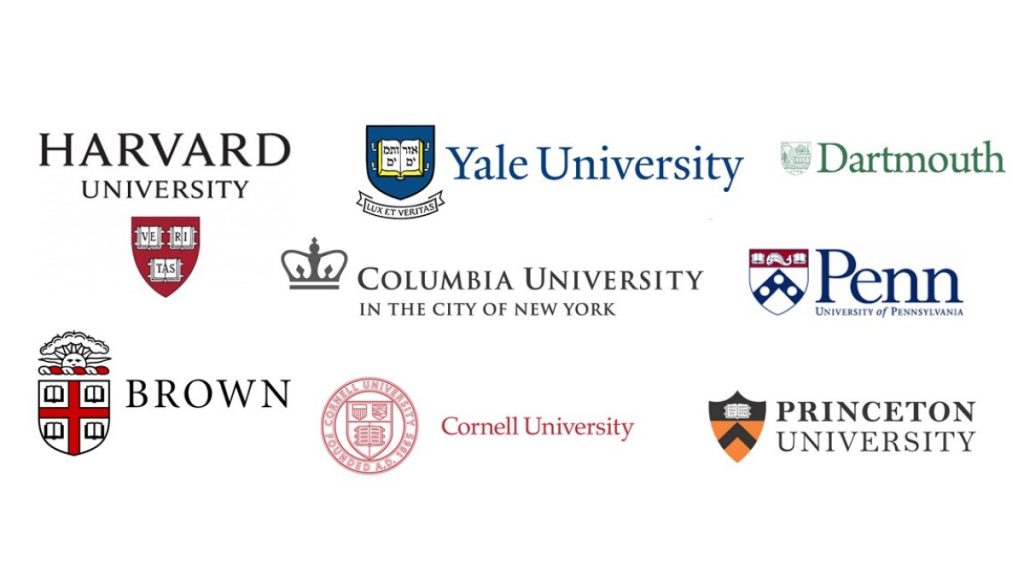Business people who are at the top of the world in the technological field

Business Leaders at the Pinnacle of the Tech Industry Visionary leaders in technology don’t just shape their companies—they redefine industries, inspire change, and challenge how the world works. These individuals have transformed technological advancements into tools that touch nearly every aspect of modern life. Here’s a closer look at four prominent figures who have changed […]
Unknown facts about the top 8 universities in the world

1. University of Oxford (united kingdom england) The roots of Oxford University date back to the late 11th century. Oxford University is located in Wellington Square in the city of Oxford and has an enrollment of approximately 20,000 students. There are 4 academic units under the umbrella of the university: Humanities, Medical Sciences, Mathematics, Science […]


